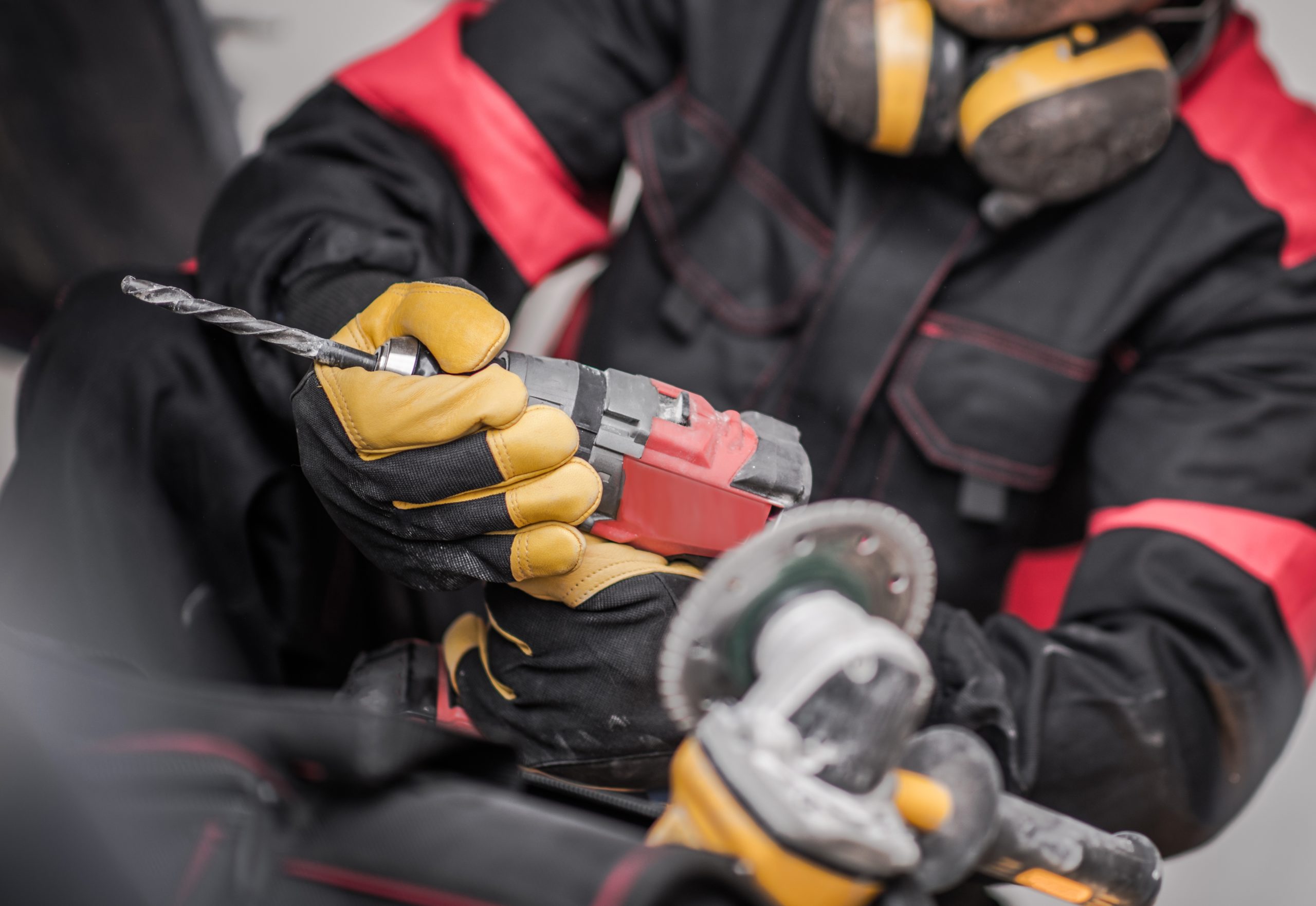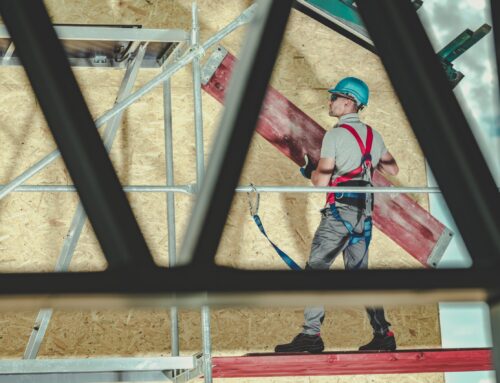Your company should have some established safe work practices for the safe use of portable powered tools based on your jurisdiction’s requirements. Safe work practices should address the following issues:
Disconnection of Tools
All tools should be disconnected when they’re not being used, during servicing and for repairs and maintenance like changing blades or tips. Most power tools are what are called “cord and plug” meaning they can be completely de-energized by unplugging them from the outlet. So, while you don’t need a LOTO program for this, you do need to ensure that the person working on the tool keeps the plug in his or her view at all times. Plugs should also be plugged with plug covers.
Transporting and Handling of Tools and Power Cords
Power tools and tool cords need to be handled carefully. Tools shouldn’t be carried by the cord or hose and when disconnecting the cord should be pulled gently from their receptacle by the plug end, not by the cord itself.
Storage of Tools and Cords
Tools and cords should be kept away from shaper edges and not run through or around walls and door frames. These actions can cause the cord to be pulled away from the plug exposing bare wires and causing shock hazards to the user. Cords and associated hoses need to be kept away from any sources of heat or corrosive chemicals that may damage their insulated coating.
Limitations on Potential Distractions
Using hand and power tools should only be done by workers who can concentrate on their tasks. They shouldn’t engage in conversation with others, or work in an area where they can be easily distracted. Co-workers should not be allowed into the area unless they need to be there.
Limitations on Work Area Where Tools Used
Operators of power tools must make sure they work in an area where they have a level surface for good footing, so they can maintain their balance. The work area must be well lit. The product being worked on should be secured for safety and so that the operator has both hands to operate the tool.
Maintenance of Tools
Maintaining tools properly not only ensures your company will go a long way to avoid injuries and ensure your company gets its money’s worth on the power tools it purchases. Conversely, ignoring regular maintenance suggested by the manufacturer sets you up for incidents, injuries and liability. Cleaning a tool on a regular basis is a good practice not only because it helps the tools perform better but it also provides an opportunity for your workers to inspect the tool for problems that indicate it either needs repaired or perhaps discarded.
Use of PPE
PPE is necessary for nearly all power tools. Such PPE typically includes safety glasses to protect eyes from flying objects. Any task that involves cutting should also require long-sleeve shirts to protect arms from sharp flying debris. Operators should never be permitted to wear loose clothing that can get caught in the moving parts of the tool. Their hair should be tied back and jewelry of any kind should be banned.
Inspection of Tools
Every employer should have a regular inspection program in place for all tools—hand and power. Depending on how many workers use tools in your facility and how many tools you have in stock should determine how formal the process should be but remember it’s easy to simply assume things are running smoothly if you have no incidents.
Your workers should be trained to inspect all tools prior to and following each use, looking for defects or damage. Any tool that malfunctions or appears damaged when inspected should be tagged out and placed in an area where it can’t be accidentally used by another worker.






